MAURICE DE VLAMINCK (1876-1958)
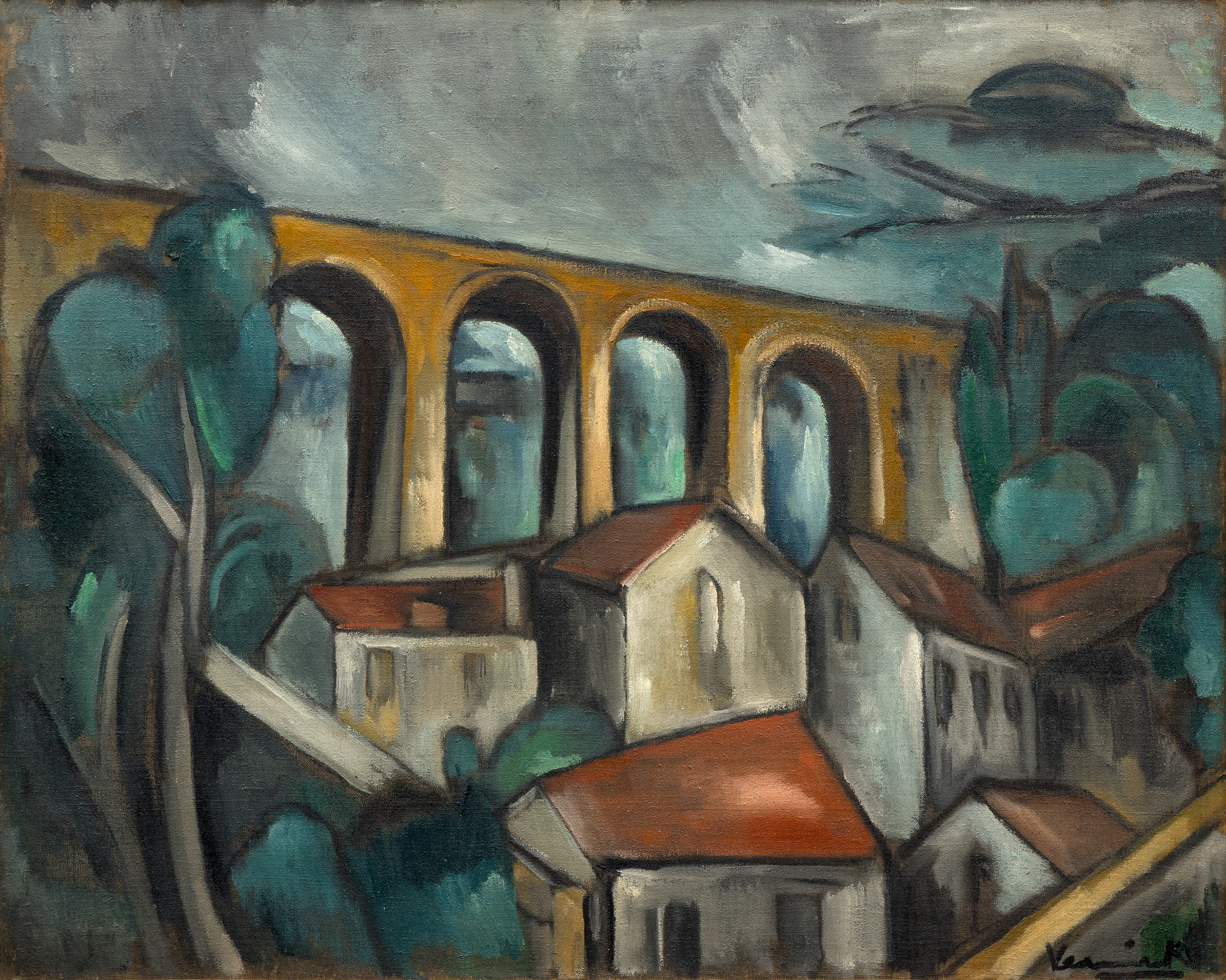
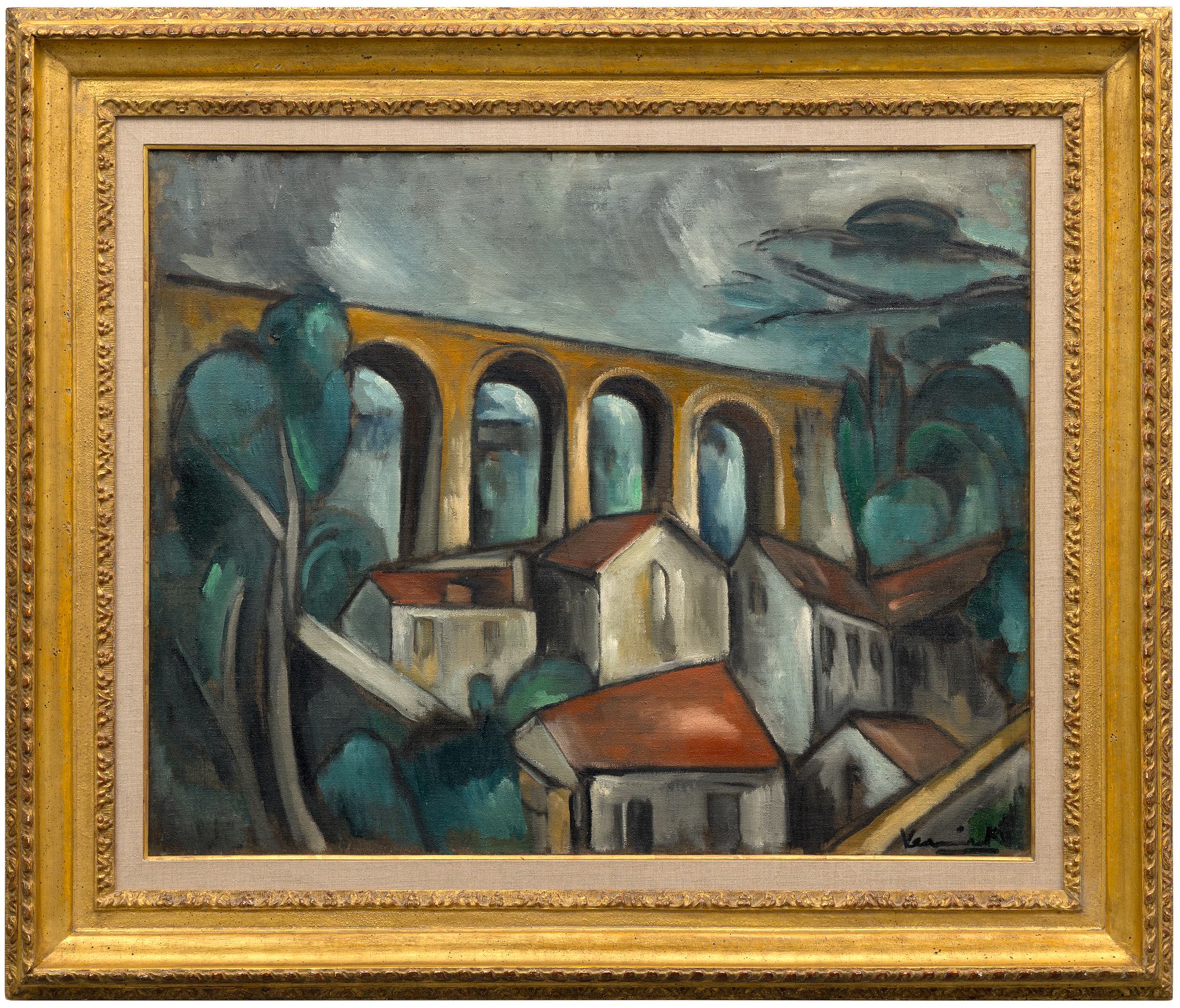
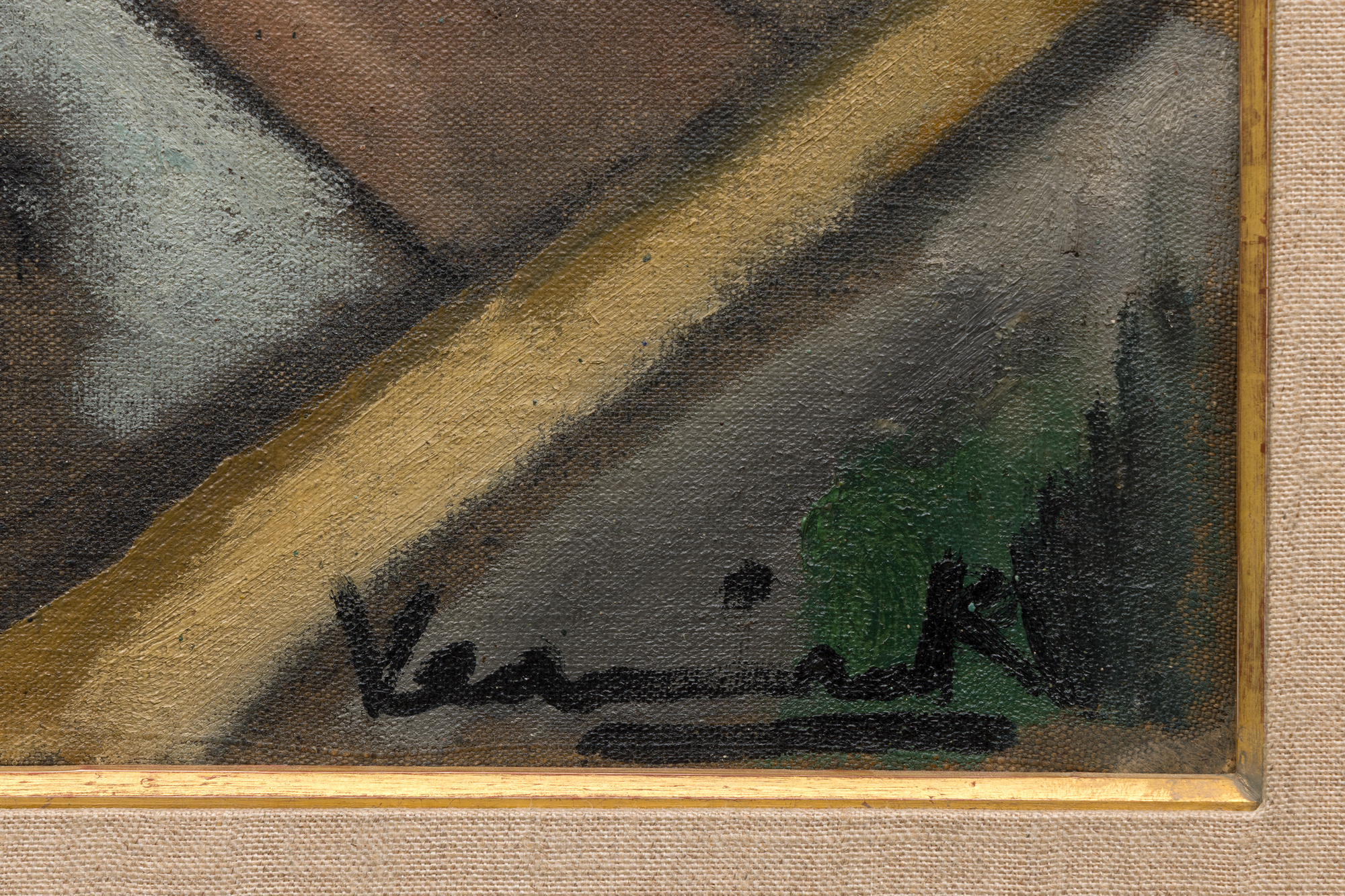
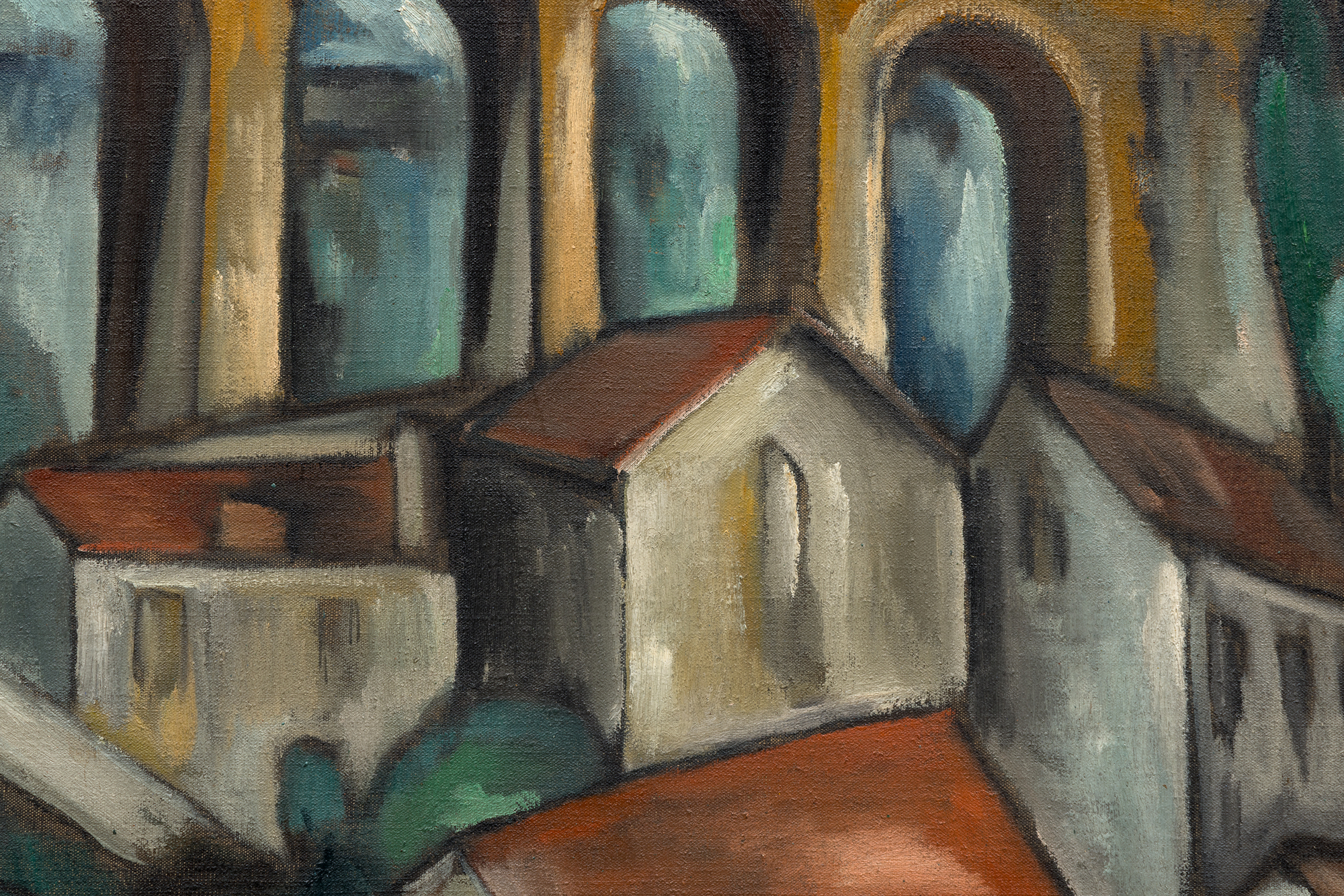
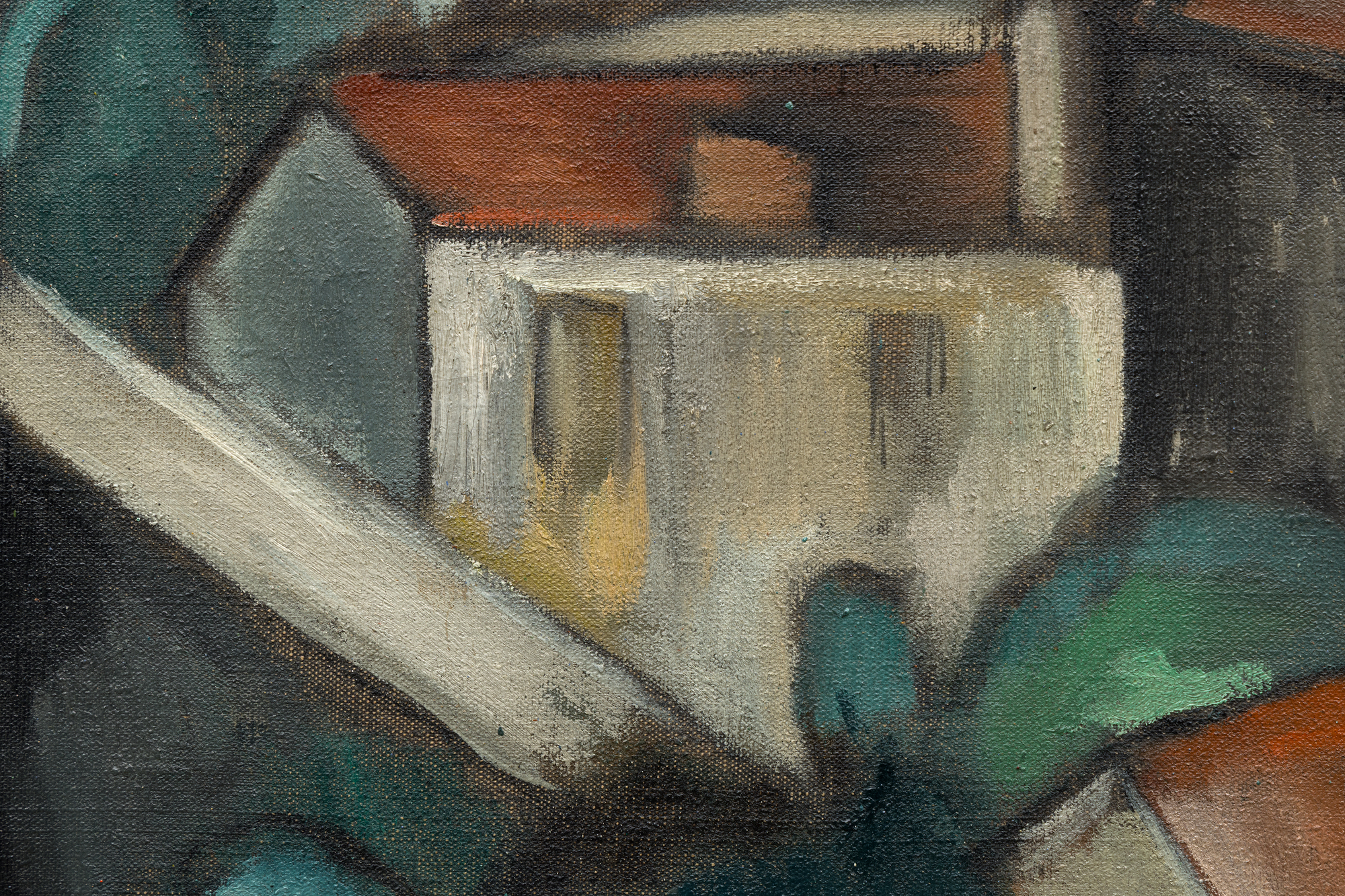
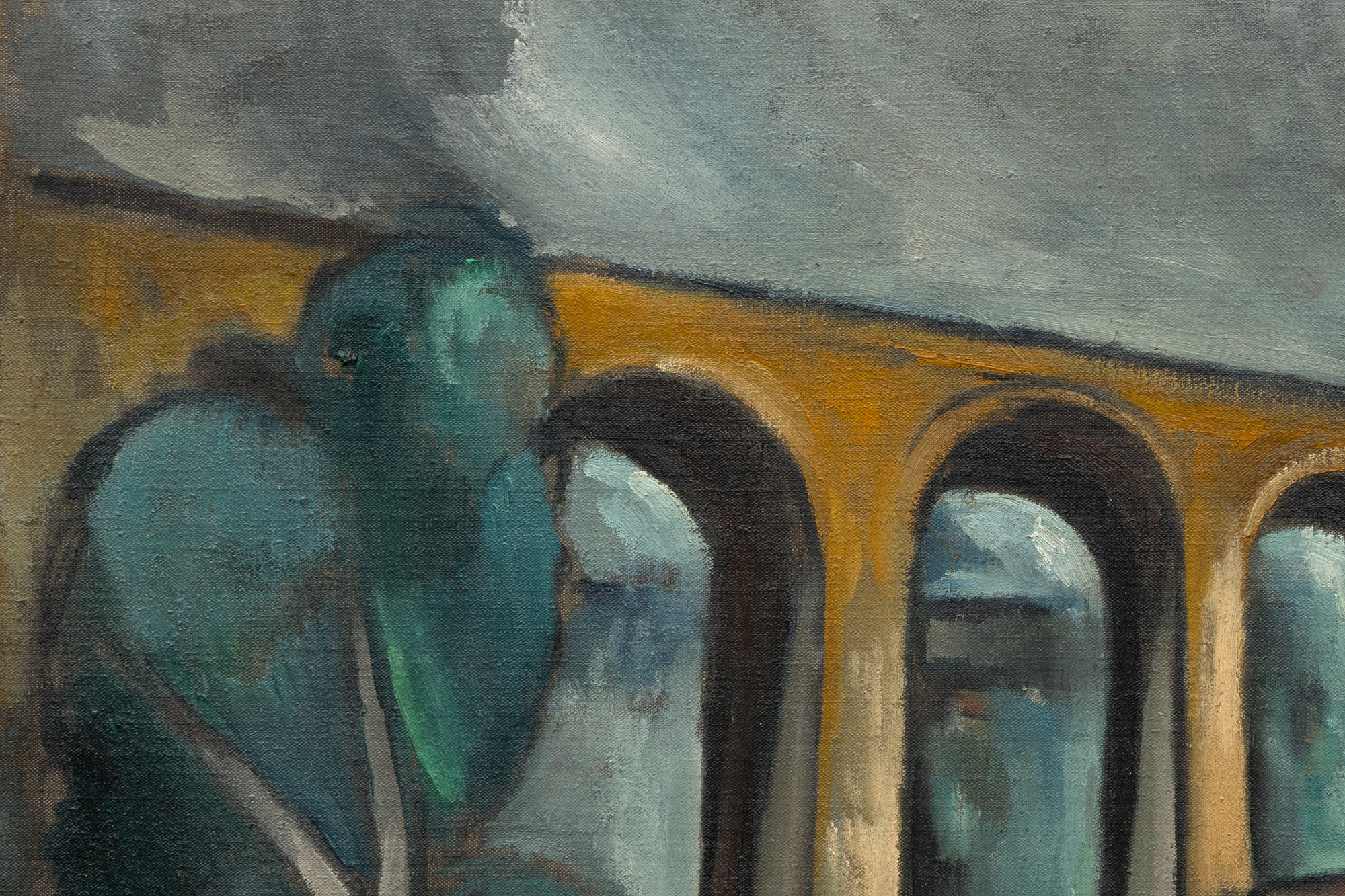
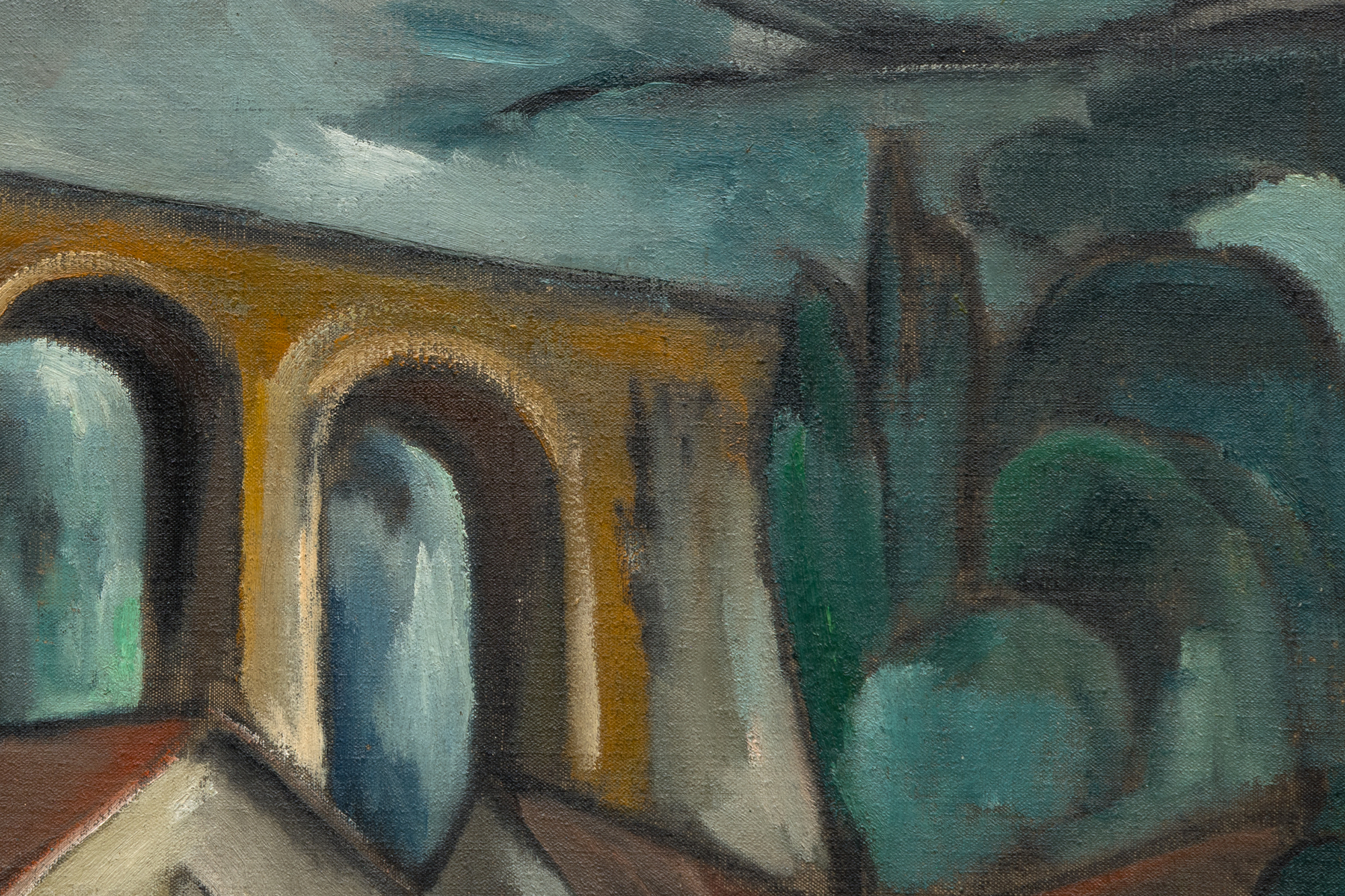
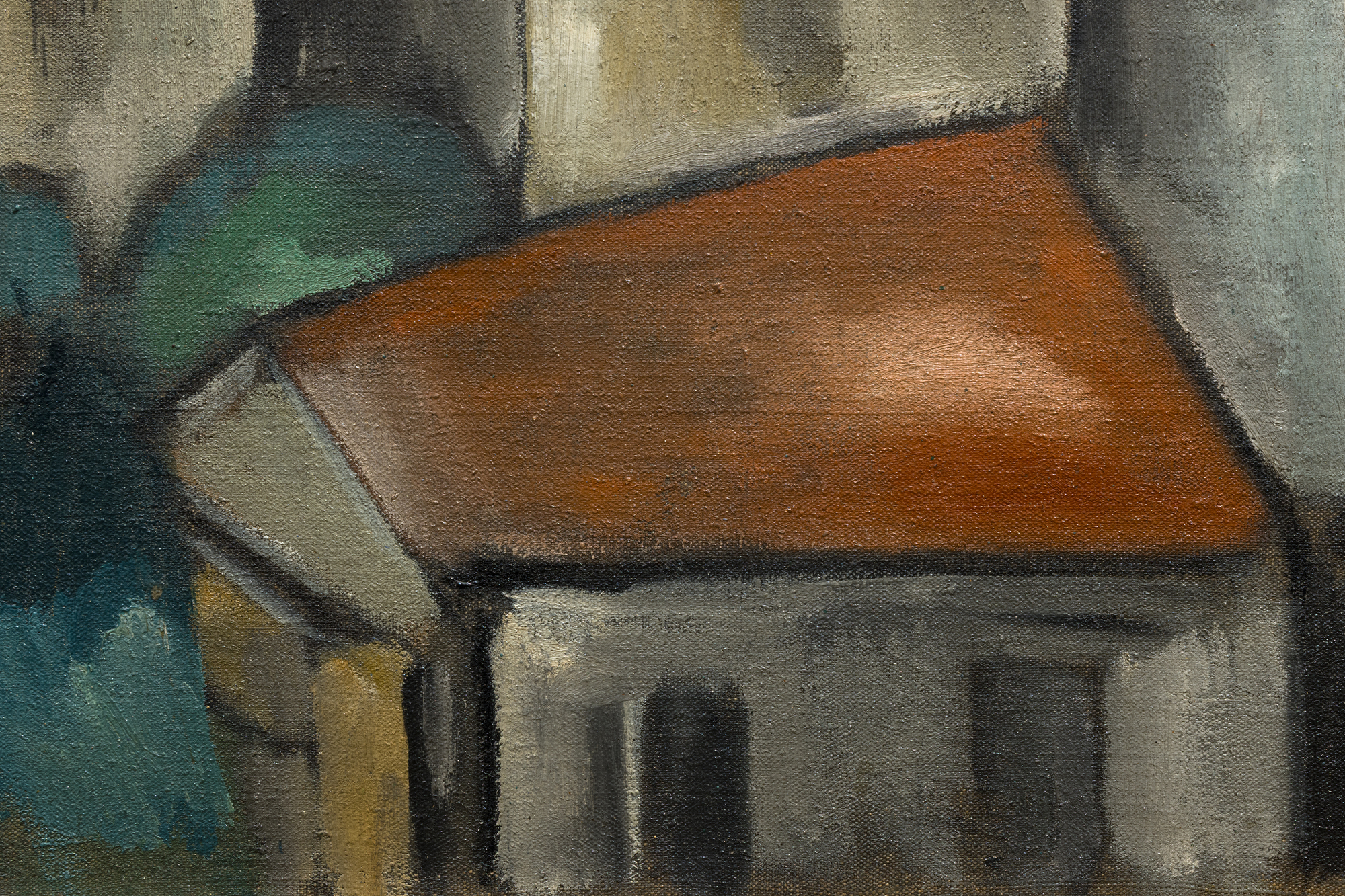
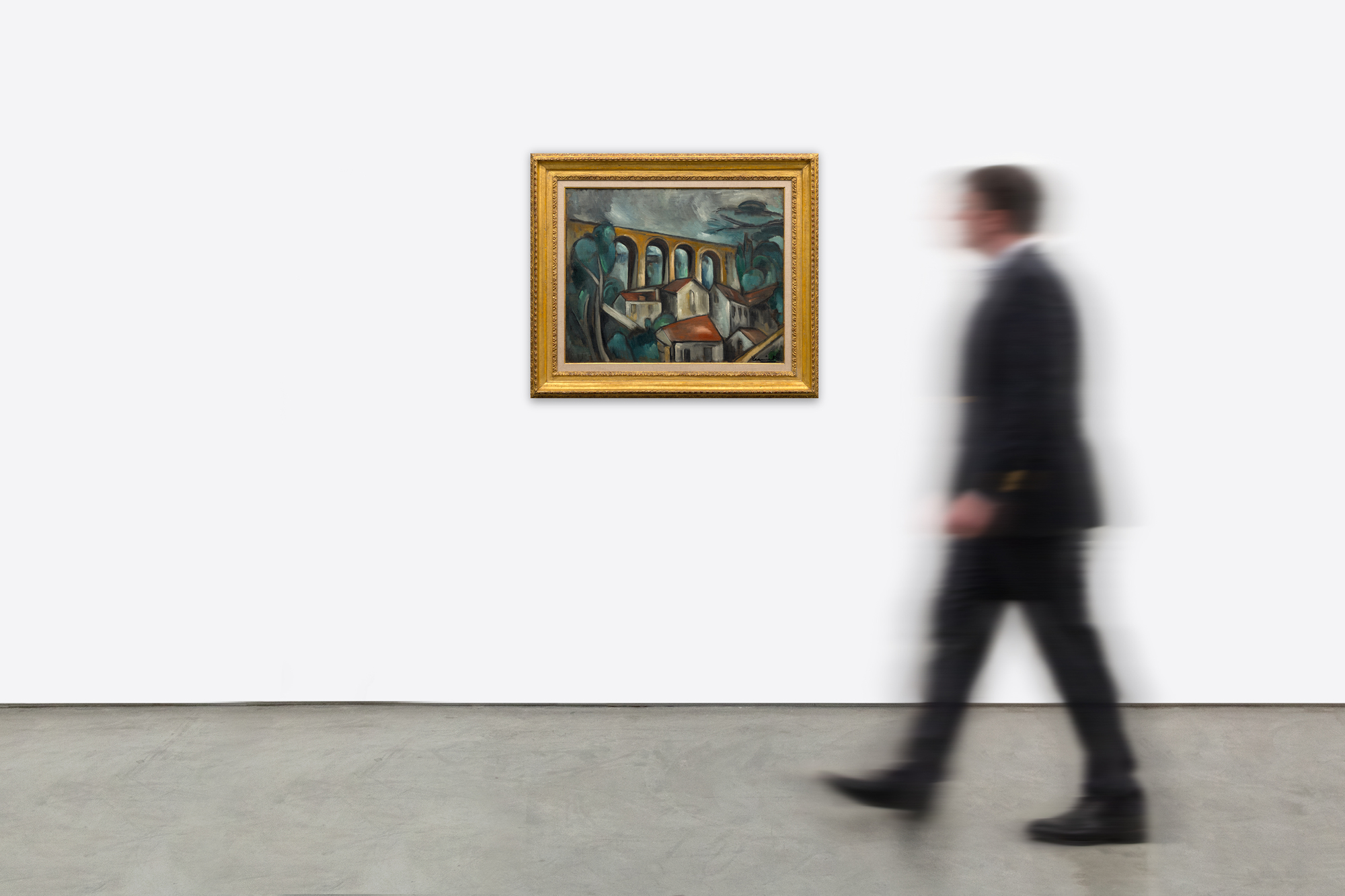
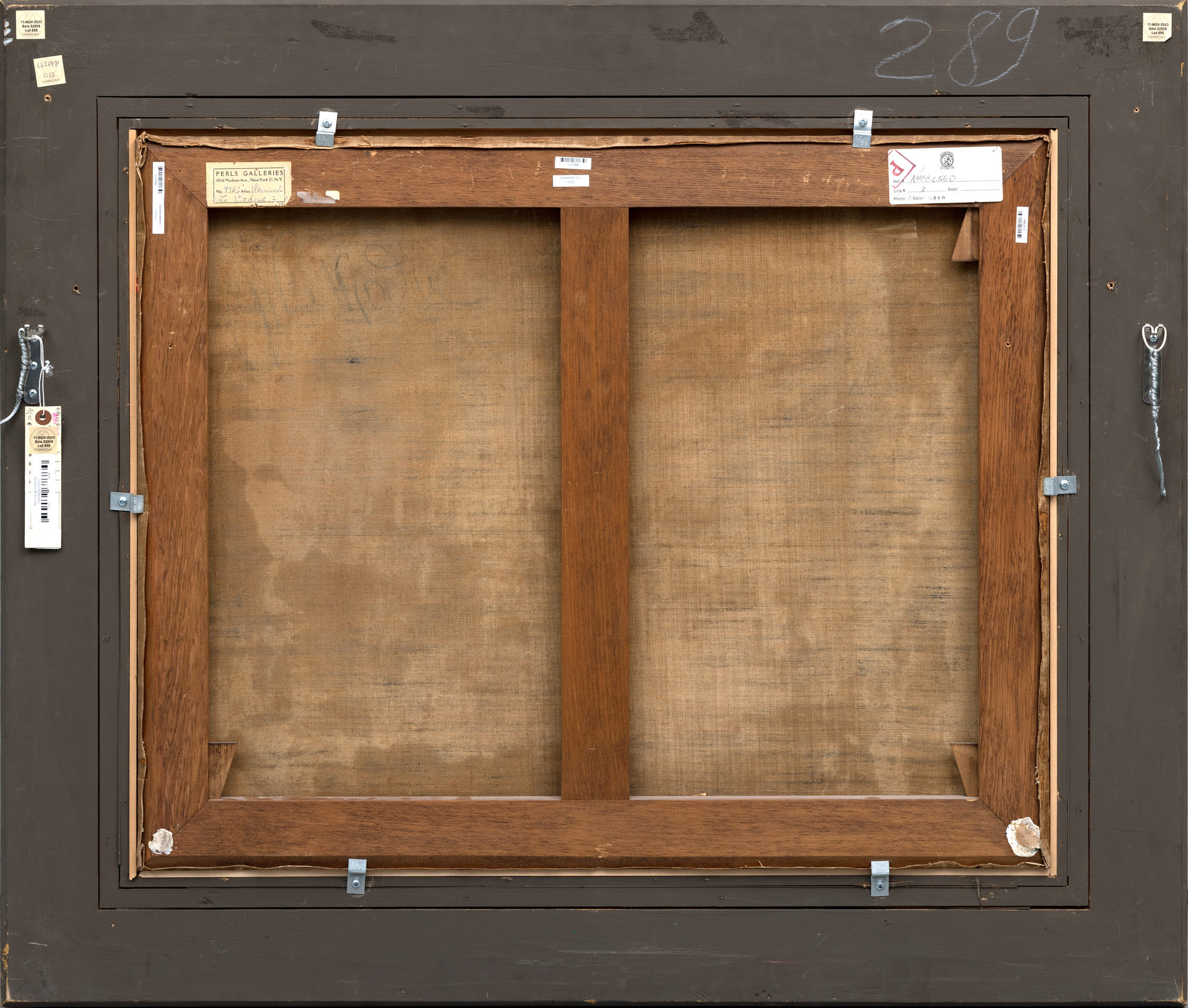
Provenienz
Werner Ruscher, KölnParke-Bernet Galleries, Inc., New York, 17. April 1969, Los 143
Galerie Marcel Bernheim, Paris
Perls Galerien, New York
Privatsammlung, erworben von den oben Genannten, ca. 1993
Ausstellung
Tokio, Galerie Nichido und Osaka, Shin Daibiru, Vlaminck, Oktober-November 1966, Nr. 10Literaturhinweise
Galerie Nichido, Vlaminck, Tokio, 1966, Nr. 10, abgebildet (datiert 1918 und betitelt Viaduc)175,000
Vlamincks kühne Pinselstriche und die gedämpfte Farbpalette erzeugen eine strukturierte, fast skulpturale Wirkung, wobei Bäume und Dächer in dynamischen, facettierten Formen wiedergegeben werden. Der bedeckte Himmel verstärkt die atmosphärische Intensität der Szene, während die Bögen des Viadukts dominieren und die Moderne inmitten des ländlichen Charmes symbolisieren. Dieses Werk ist ein Beispiel für seine frühen fauvistischen Wurzeln, die sich zu kubistischen Einflüssen entwickeln, und zeigt einen bahnbrechenden Stil.
Als Bewohner der Region hat Vlaminck häufig die sich entwickelnde Landschaft dargestellt und dabei Tradition und Innovation miteinander verbunden. "Le Viaduc de Saint-Germain-en-Laye" bietet dem Sammler einen seltenen Einblick in seine transformative Periode. Seine eindrucksvolle Komposition und sein historischer Kontext machen es zu einer überzeugenden Ergänzung für jede Sammlung, die Vlamincks Beitrag zur Entwicklung der modernen Kunst würdigt.


